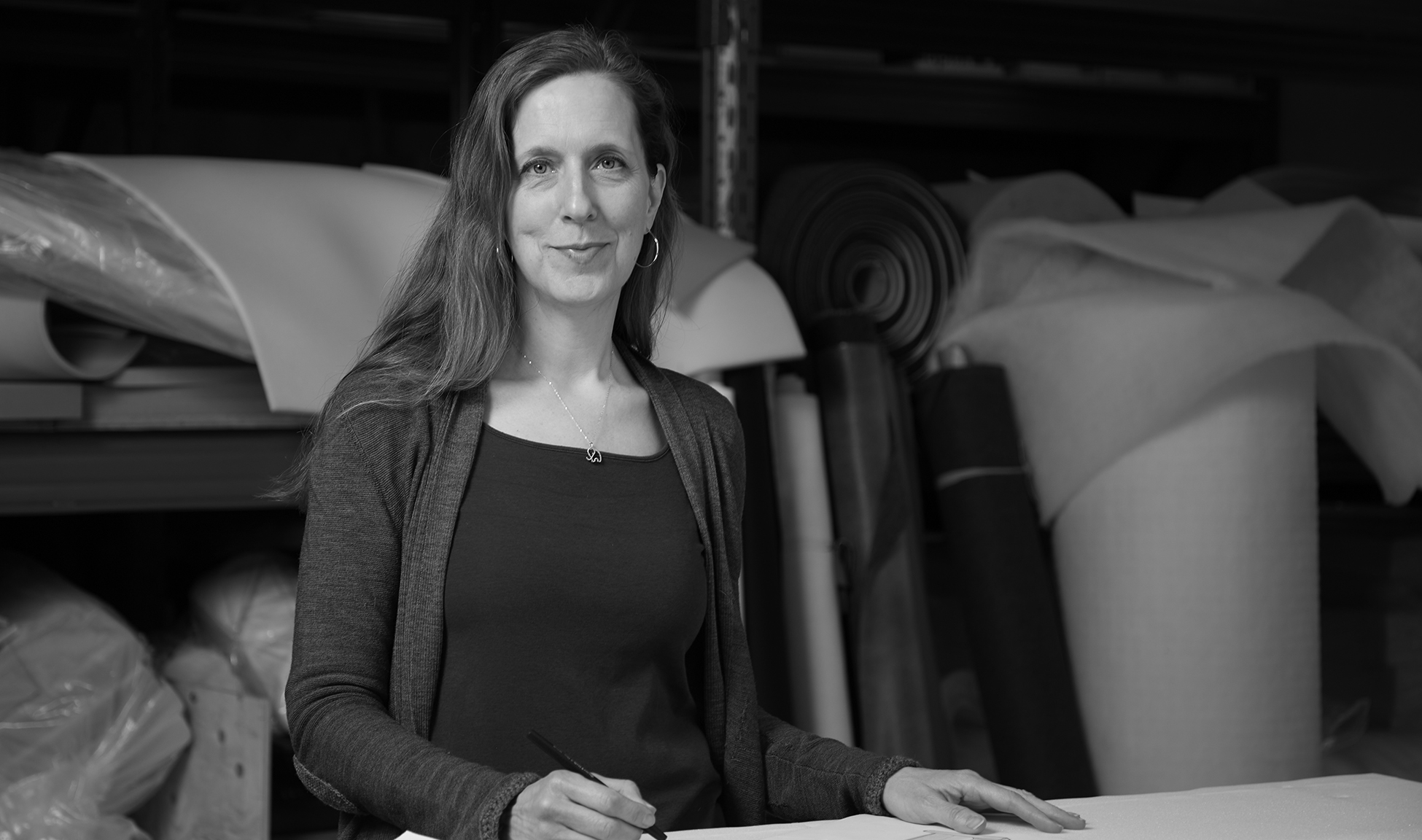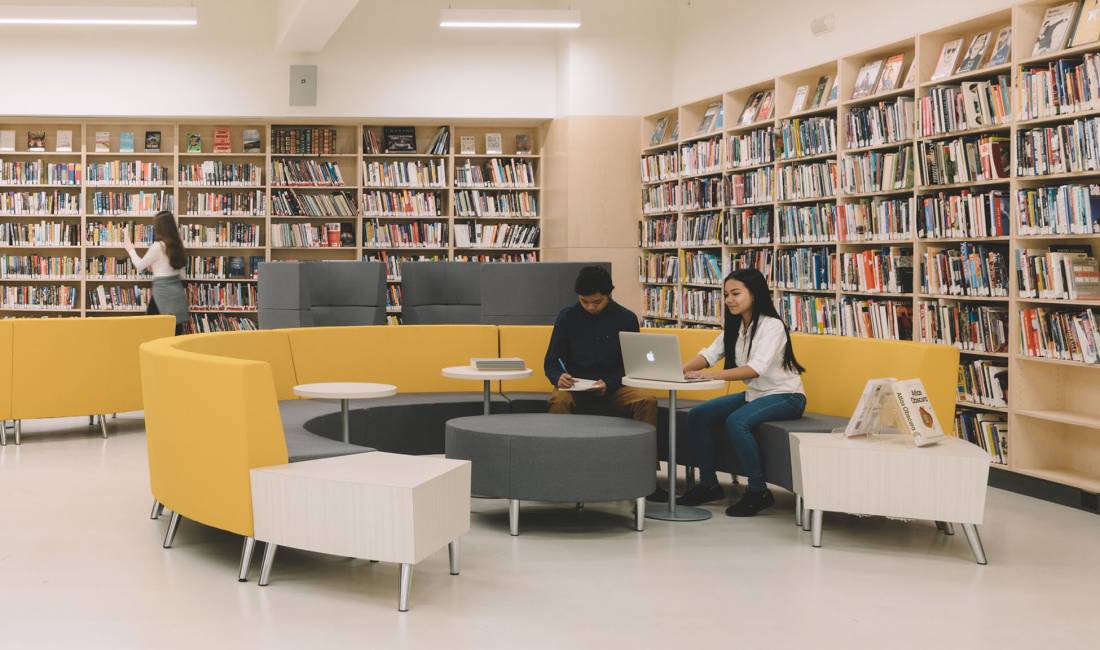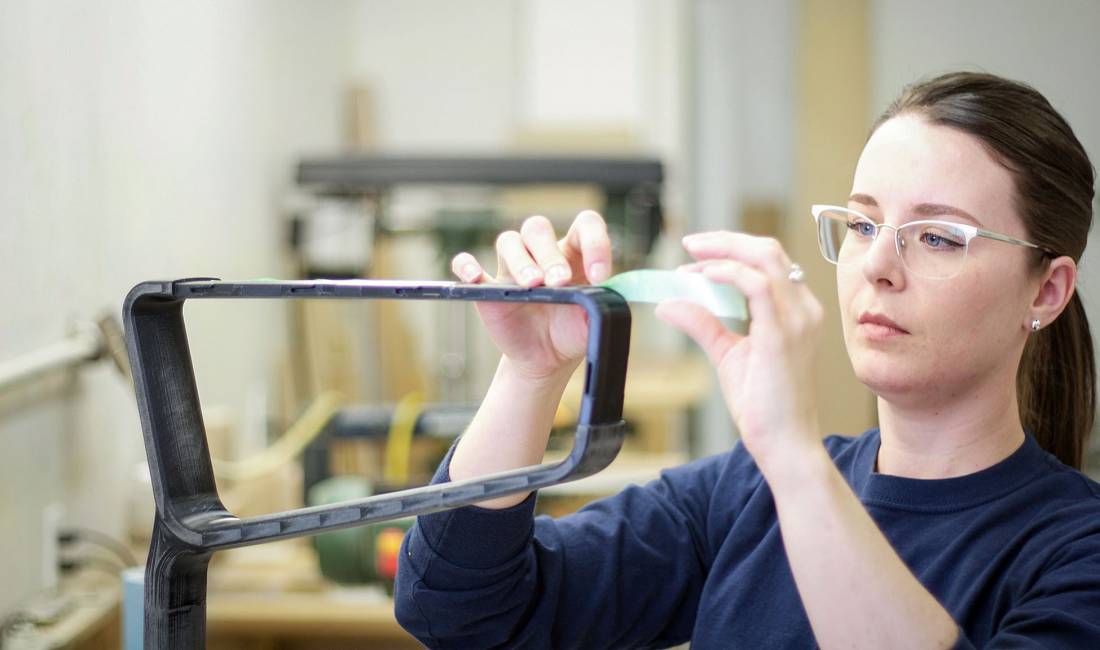Designing for Healthcare: Q&A with Global’s Mara Messenger
Interview | May 01, 2024
Designing furniture for healthcare settings transcends considerations of aesthetics or commercial viability. To gain deeper insight into opportunities and the challenges of designing furniture for healthcare environments, we spoke with Mara Messenger, a Senior Industrial Designer at Global.
Mara’s latest design, Willow, is a recent winner of the Nightingale Gold Award for Healthcare Design and an Interior Design Magazine HiP Honoree.
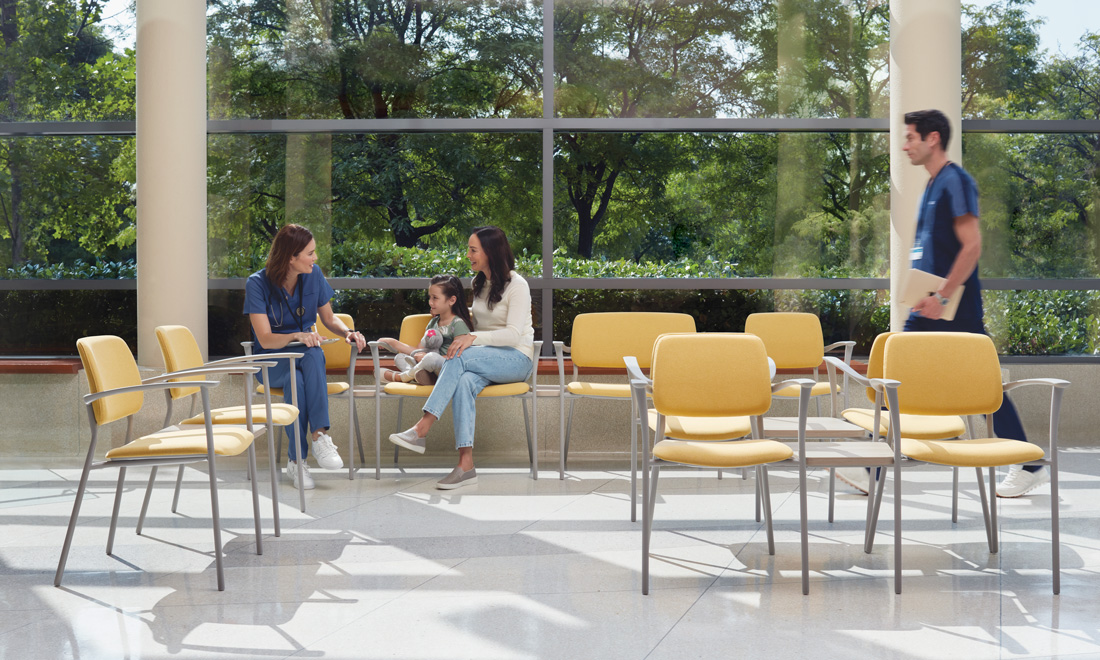
Willow seating.
Q: What is the biggest misconception about healthcare design?
People assume that appearance doesn’t matter and that functionality should somehow trump aesthetics. I would argue that appearance matters. People in this environment often feel compromised, anxious and exposed. They don’t inherently feel good in a setting that feels cold and institutional.

GC Wind seating, Cambridge Memorial Hospital. Photography by Patrick St-Arnaud.
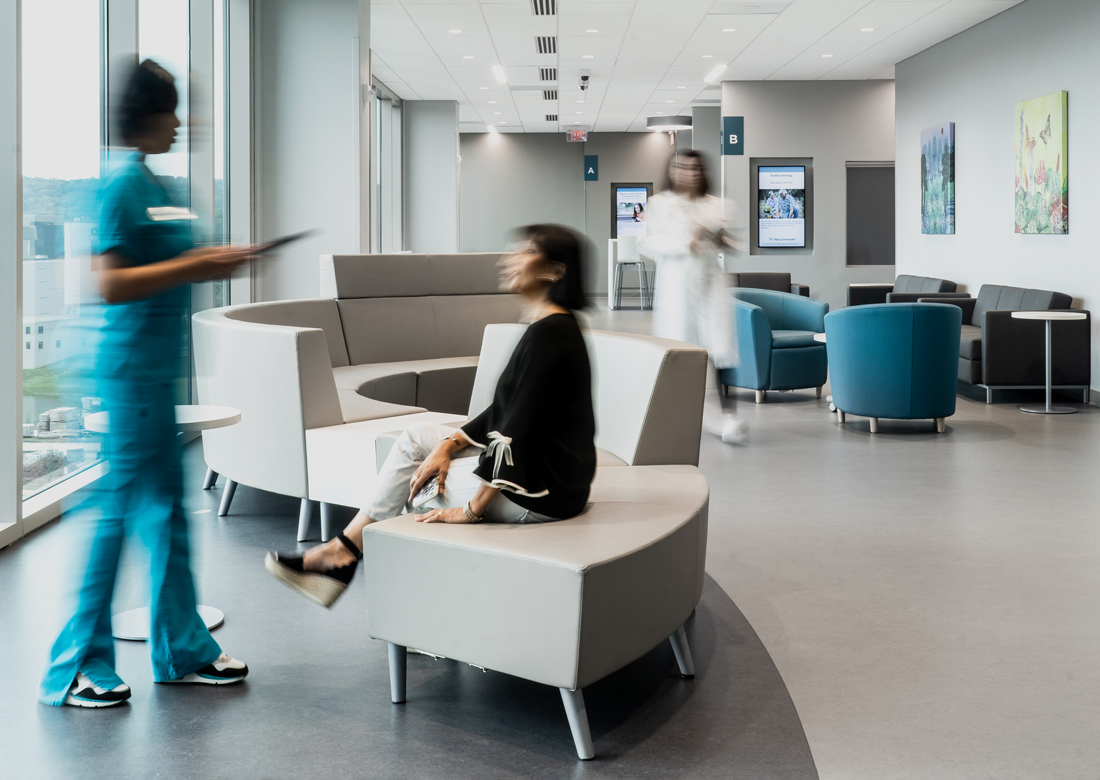
River+ and GC Sirena seating, Main Line Health Women’s Specialty Centre. Photography by Patrick St-Arnaud.
Q: How has the approach to healthcare design evolved from what seems like an emphasis on function and efficiency?
The way healthcare is delivered and what people expect has changed. People want to feel seen and heard, they don’t want to feel like a number. People are looking for a more positive experience. They want community spaces that encourage connections and support well-being, and furniture that makes them feel comfortable and welcome.
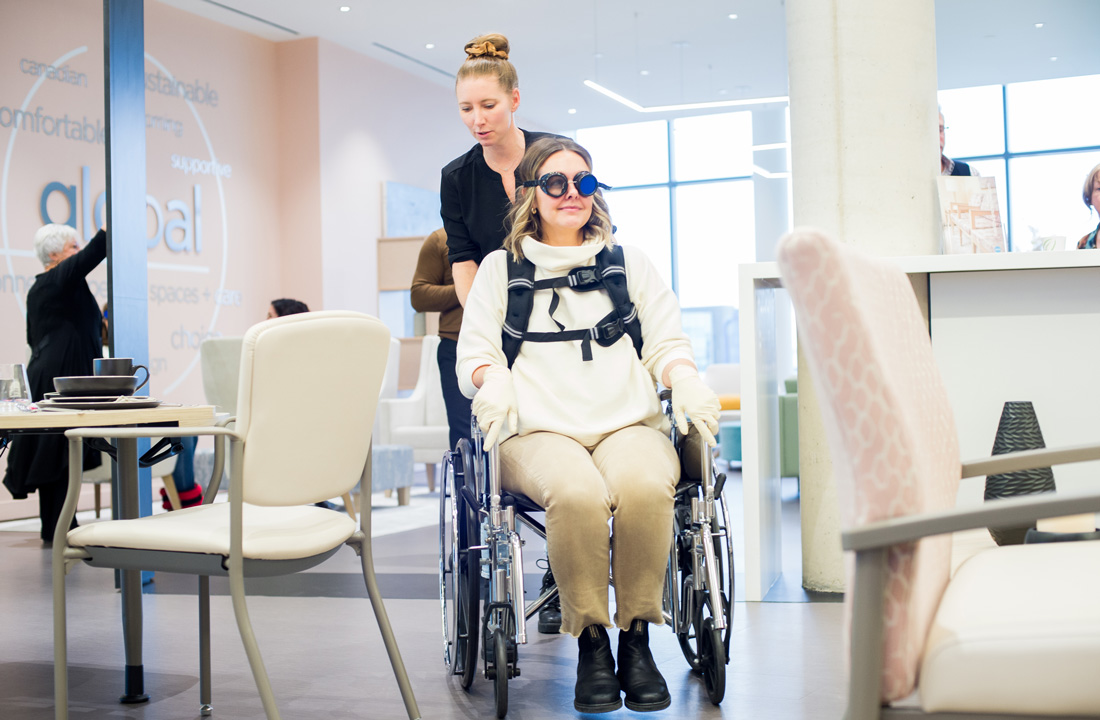
Global’s Designing for Healthcare Workshop.
Q: How do you begin your process when designing a healthcare product?
It starts with empathy. Being able to understand and relate to the patient and the caregiver. Participatory research is part of design education and it’s something that I continue to utilize in my design process. For example, wearing special goggles to obscure our vision or wearing weights on our necks, legs and arms to simulate how physical limitations hinder movement. We take that understanding and design it into a product.

Willow seating.
Q: What is key to designing a successful healthcare product?
Inclusive design is usually the most successful. Good design reverberates. Everyone can appreciate and use a product that supports well-being. For example, the Willow bariatric chair not only accommodates a larger user but also works beautifully for a parent and a child. A product that looks welcoming but fulfills all the healthcare requirements for housekeeping and infection control. Also, when a product solves a functional problem—for example, a table can become a social barrier as many surfaces can be too high or too low for wheelchairs. Our Enable Table is height-adjustable and gives people in wheelchairs the ability to sit with everyone else.

Primacare HT seating, Circle of Health, Sinai Care. Photography by Patrick St-Arnaud.
Q: What have you learned over 20 years of designing for healthcare?
I’ve embraced the importance of following the process from beginning to end while leaving room for iteration. We always go through an extensive phase of prototyping and testing our furniture. Often there’s something you didn’t think of until you put it in a real space. People will interact with products differently depending on who they are—patients, caregivers, families and support staff—and it needs to work for everyone.

Primacare HT fully upholstered lounge seating, Regional Integrated Cancer Centre (CRIC). Photography by Patrick St-Arnaud.
Q: How do you know when you get it right?
When a product remains on the market year after year, like our Primacare series, and is still being specified almost two decades later, it’s a good indication we got it right. Willow’s Nightingale Award and industry recognition out of the gate were an early indication that we listened to people’s needs when developing the seating series.
Enjoy this article? Don't forget to share.


